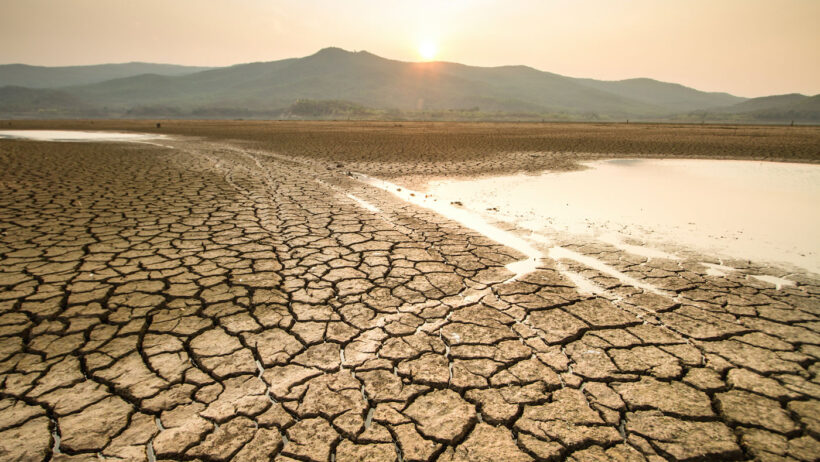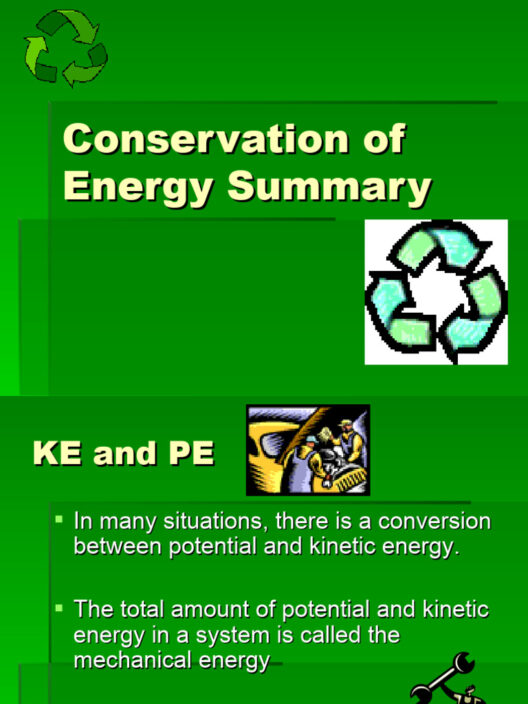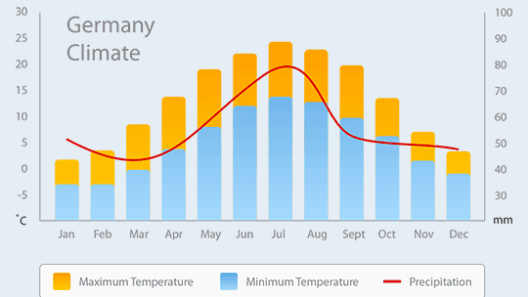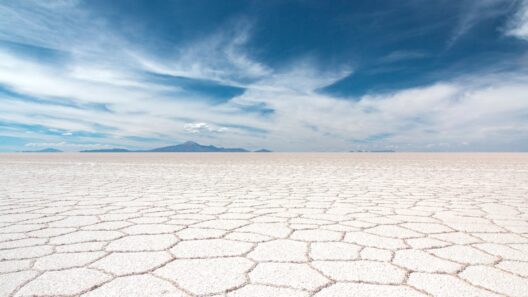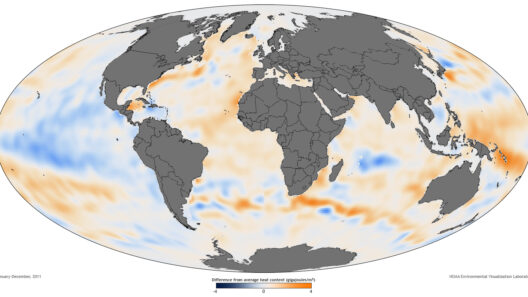The phenomenon of drought is akin to a thief in the night, stealthily draining the life-sustaining resources from our planet while we remain blissfully unaware, or perhaps astonishingly indifferent. The delicate balance of nature, which so many creatures depend upon for survival, is now awash in a cacophony of climate changes that steadily mould our environment into a parched wasteland. This chaotic metamorphosis raises an urgent question: Does climate change affect drought? The answer, rendered in stark relief, is a resounding yes. This article explores the intricate relationship between climate change and drought, revealing the undulating waves of implications that this relationship bears on our planet’s future.
To understand the link between climate change and drought, we must begin by examining the very essence of climate itself. Climate change refers to long-term shifts in temperatures, precipitation patterns, and other atmospheric conditions. As greenhouse gases continue to accumulate in our atmosphere, a pandemic of extreme weather events has unfolded. These catastrophes manifest primarily as both droughts and floods, engendered by the capricious whims of our changing climate. Nacho average climatic upheaval, drought emerges in this context not just as a localized anomaly but as a symptom of global degradation.
Metaphorically, our planet’s atmosphere is akin to a well-tuned symphony orchestra, where each instrument plays in harmony with the others. Climate change, however, has introduced dissonance; a tempestuous conductor leads us toward a discordant cacophony rather than a melodious convergence. The brass instruments—indeed the warm air masses—have become overenthusiastic, while the woodwinds—the vital moisture in the air—play a timid tune, resulting in prolonged drought periods and intensified water scarcity.
This tumultuous orchestration of climate change manifests in several pivotal ways. Primarily, increased temperatures lead to heightened evaporation rates. The soil’s moisture, once rich and brimming with vitality, faces a relentless onslaught. As the Earth warms, the atmospheric thirst escalates, leaching precious water from both soil and vegetation. Consequently, the land becomes parched, cracking like a dry riverbed under an unrelenting sun. In essence, the thirst of our atmosphere translates into a deficit for the ground beneath our feet.
The Intergovernmental Panel on Climate Change (IPCC) succinctly outlines scenarios where increased global temperatures correlate with a rising frequency and intensity of drought events. Regions previously considered temperate and bountiful are now being transformed into desolate landscapes. The Mediterranean basin, once a cradle of agriculture, now oscillates between extremes—drenched one season and desiccated the next. Such changes wield far-reaching repercussions for food security, as vulnerable areas struggle to maintain agricultural viability in the face of shrinking water resources.
Yet the implications of drought extend beyond mere agriculture. An ecosystem’s equilibrium hangs precariously on this precarious thread of moisture. Nectar-rich flora wilts under the sun’s relentless scrutiny, depriving pollinators of sustenance and leading to cascading failures in local ecosystems. Wildlife, forced to wander further in search of water, may collide with human existence, escalating the potential for human-wildlife conflict. The narrative of drought thus entwines human and animal survival, creating a tapestry of shared fate.
Moreover, the interrelationship between groundwater depletion and climate change adds an additional layer of complexity to the discourse surrounding drought. As droughts intensify, groundwater resources become increasingly crucial. Yet, the act of over-extraction in dire circumstances leads us into a vicious cycle, depleting resources more rapidly than they can replenish. The complexity of this relationship is akin to an unending spiral, where each turn leads to further depletion and diminishes our chances of recovery.
As people grapple with this dire reality, the narrative around drought must expand to encompass our responses to these shifting paradigms. Mitigation efforts must be embraced not only at individual levels but also through collective, policy-driven action. Innovative practices in water conservation, sustainable agriculture, and technological advancements that allow for more efficient water usage are indispensable to circumvent the impending catastrophe. Advocacies for reforestation and soil health restoration initiatives demand urgent attention, establishing a profound connection between climate resilience and ecological harmony.
Our understanding of drought and climate change must also address the inequities that persist within our societies. Marginalized communities are often disproportionately affected by the harsh realities of water scarcity. They lack access to resources and adaptive technologies, making it imperative that we bridge these gaps through equitable policies. Fighting against drought should not solely be the privilege of the affluent; it must foster a dialogue that uplifts all factions of society, ensuring that everyone has the resilience required to withstand the merciless onslaught of changing climate patterns.
In summation, the relationship between climate change and drought resembles an intricate dance, perpetually influenced by each participant’s actions. As atmospheric alterations amplify the dryness of our lands, the repercussions seep into every facet of life on Earth. Drawing parallels between drought and a thirsty planet reveals not merely a physical condition but also a reflective mirror of our global habits and decisions. The hope lies in recognizing this urgency and fostering a collaborative resolve to restore the balance of our Earth symphony. If we are to avoid further destabilization, we must heed the clarion call for action now before the desertification of hope sets in irrevocably.



